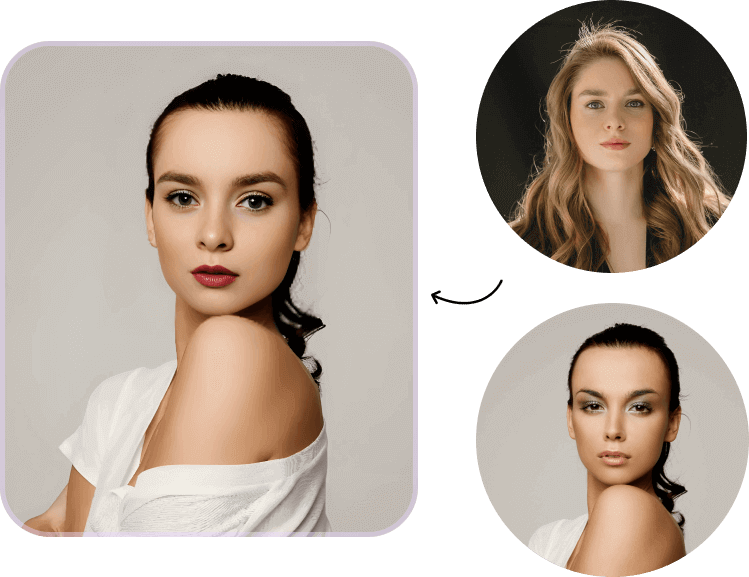Face swapping technology, a popular feature in photo editing, sometimes leads to less-than-perfect results. This guide helps you identify and fix common issues.
Common Issues and Solutions
1. Mismatched Skin Tones
Problem: The swapped faces have noticeably different skin tones.
Solution: Adjust the color balance and brightness/contrast settings in your editing software to match the skin tones. Tools like Photoshop offer 'Match Color' features, which can automate this process to an extent.
2. Misaligned Features
Problem: The eyes, nose, or mouth do not align properly after the swap.
Solution: Use the transform and warp tools to adjust the placement and size of the face features. Precise alignment is key to a realistic face swap.
3. Blurry or Pixelated Images
Problem: The face swap looks blurry or pixelated, reducing the overall quality.
Solution: Ensure the resolution of both faces is similar before swapping. Use high-resolution images and avoid over-enlarging features.
4. Unrealistic Shadows or Highlights
Problem: Shadows or highlights do not match the lighting of the new face.
Solution: Add or adjust shadows and highlights manually to match the lighting direction and intensity of the original image.
5. Obvious Edges or Borders
Problem: The swapped face has visible edges or looks pasted on.
Solution: Feather the edges of the swapped face and blend it into the original image using soft brushes and opacity adjustments.

Advanced Techniques for Better Results
Working with Layers
Advantage: Layers allow for non-destructive edits and finer control.
Technique: Use separate layers for different elements of the face. Mask and blend layers for a seamless transition.
Fine-tuning with Feathering
Advantage: Feathering softens edges, making the swap more natural.
Technique: Use a soft brush to gently blend the edges of the face with the underlying image.
Color Matching
Challenge: Matching skin tones and lighting conditions.
Technique: Employ tools like 'Selective Color' and 'Curves' for precise color matching. Adjust mid-tones, highlights, and shadows separately.
Conclusion
Face swapping requires patience and attention to detail. By addressing common issues and employing advanced techniques, you can achieve more realistic and professional-looking results. For more information and tools to assist in face swapping, visit Face swap.